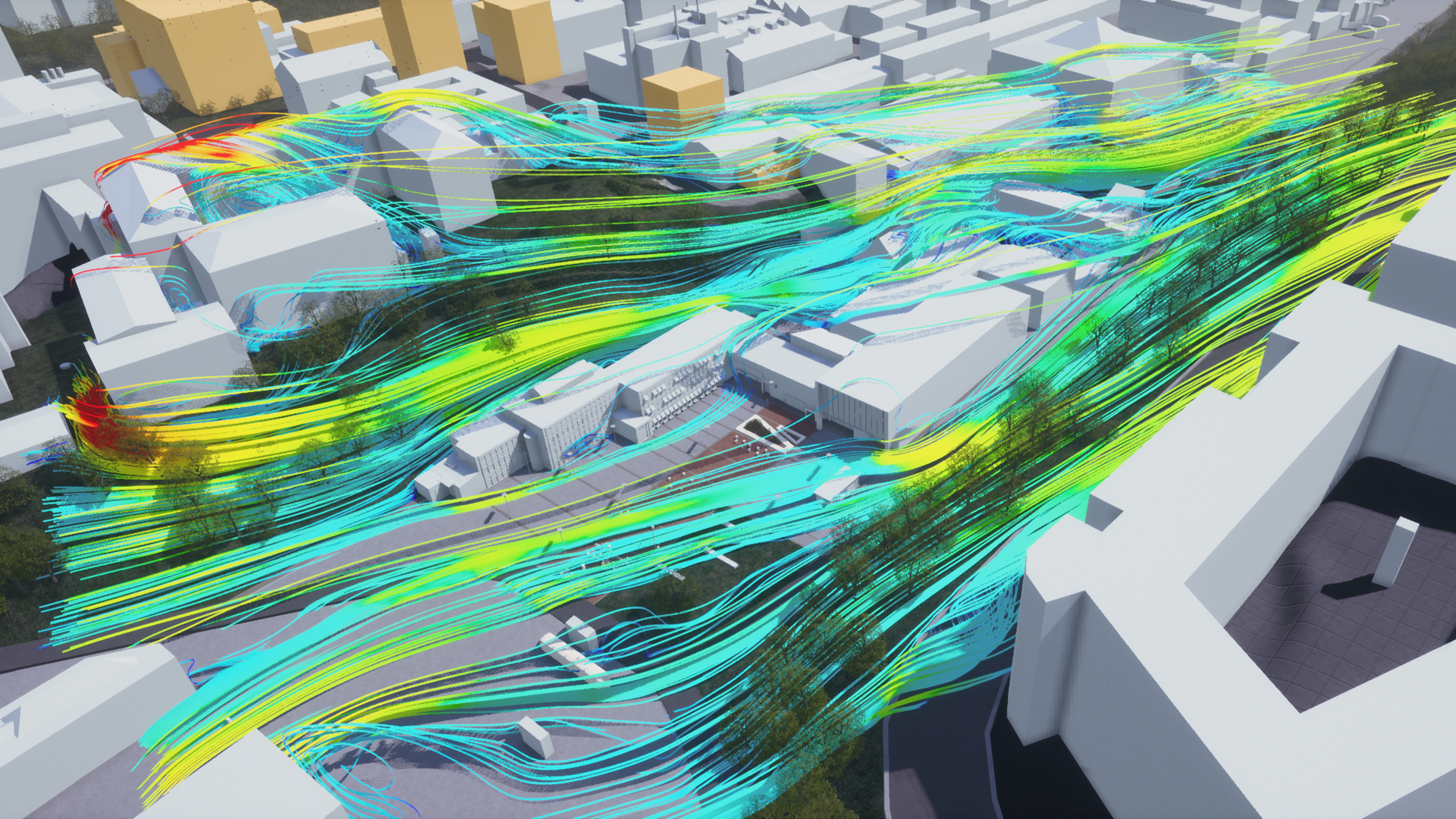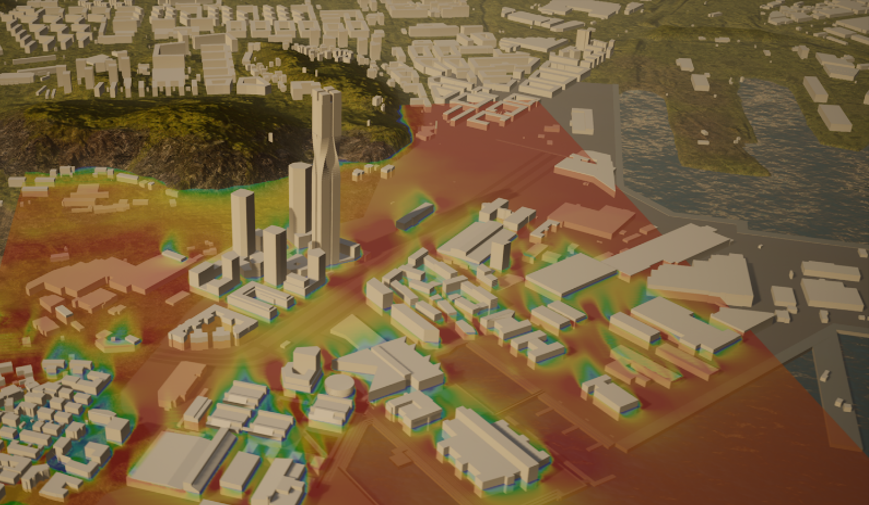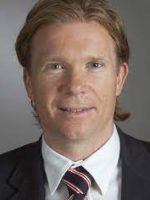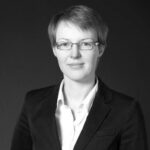Modelling & Simulation at the City Level
Developing methods, algorithms and software that support fast result generation, interactive visualisation and exploration of simulation results to assist decision making in urban planning on the city level.


The city will be modelled as a multimodal, multiscale and multiphysics virtual system, including continuum models and discrete (agent-based) models. The continuum models include heat transfer, solar radiation, flow of air and water, the dispersion of pollutants and other substances, while the discrete models allow the simulation of particles like rain drops and the simulation of pedestrian flow treating every human individually. The urban environment is resolved through buildings and structural elements, which is closely connected to the work of Research Area 0. Additionally, green and blue area models will be included. The research includes the development, analysis and implementation of advanced methods to generate, visualise and explore the simulation results, which is linked to the work of Research Area 1, 2 and 3, but also Research Areas 6 and 7 in terms of visualisation and data analytics. For that purpose, state-of-the-art numerical approaches as well as artificial intelligence will be incorporated. It further enables the application of mathematical optimisation to assist urban planning. Moreover, the research area will ensure a standardised input/output format, also closely connected to Research Area 0. The ease of use is of major importance and therefore the utilization of automated processes will be focused on. For optimal performance, the mathematical models allow an adaptive level of detail of the simulation results matching the quality of the simulation results and the user’s needs.

Fredrik Edelvik
Fraunhofer-Chalmers Centre

Franziska Hunger
Fraunhofer-Chalmers Centre